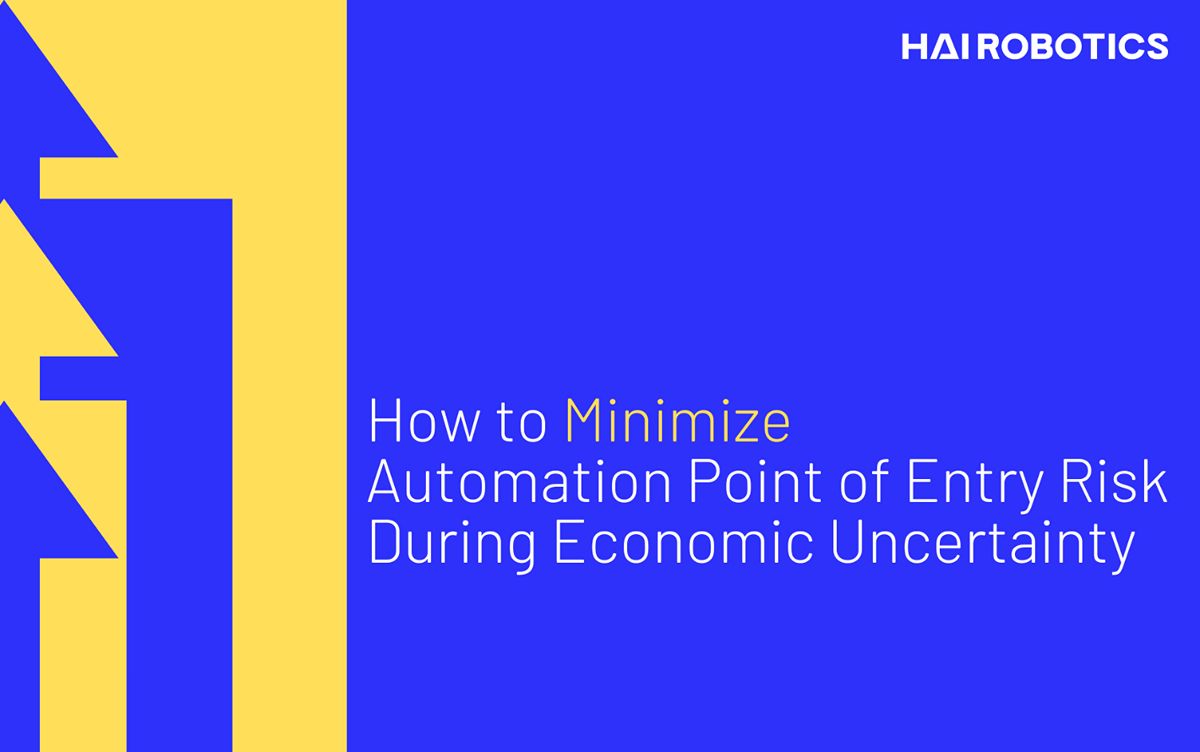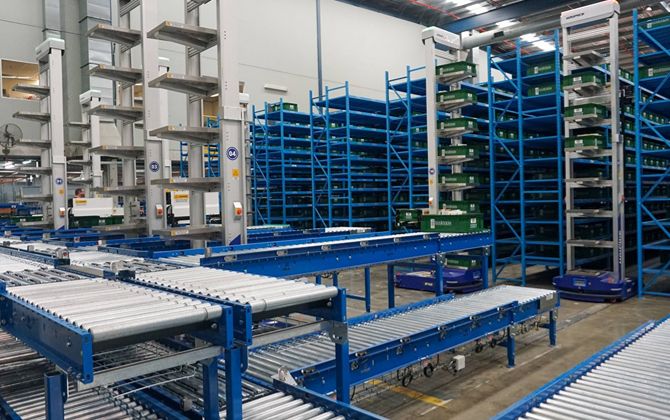How to Minimize Automation Point of Entry Risk During Economic Uncertainty
 Hai Robotics U.S. recently polled a selection of executives, leaders, and buyers across the automation and material handling landscape with one main, broad question intended to let people take the question in any direction they wanted: What are you seeing in the marketplace?
Hai Robotics U.S. recently polled a selection of executives, leaders, and buyers across the automation and material handling landscape with one main, broad question intended to let people take the question in any direction they wanted: What are you seeing in the marketplace?
What we found is that there is still significant need for automation – warehouse labor is still difficult to come by, operating costs need to be reduced, reshoring of facilities creates more locations, and industrial real estate costs are high, increasing the need to condense storage and get more out of the space they have.
However, economic uncertainty was identified as the largest indicator of hesitancy to pull the trigger to advance facilities, causing some companies to lose competitive ground.
Our research found that scalable automation, starting with appropriate entry-size solutions, minimizes automation point of entry risk. When companies start out with entry automation that expands later, the facilities receive reduced operating costs and added operational security immediately and it situates your company for accelerated advancements when your facility is ready for the next steps.
Hai Robotics U.S. is helping companies start their ASRS journeys with pilot systems. Each system is complete with 1 or 2 robots, racking & totes, 1 workstation, software (including host interface), implementation and training, as well as a co-developed roadmap for future expansion, all for less than $250,000 USD.
These pilot systems can be deployed in 3-5 months. Then, when business and economic outlooks are more certain, an expansion can be implemented. With this approach, you split the major time-consuming phases into 2 stages, knocking out major milestones in the pilot phase with very low risk and minimal investment, then expanding on that foundation quickly with greater ease.
In the pilot stage of automation development, you make the necessary adjustments required with all new automation systems, reducing project complexity and allowing your system to go-live faster. Facilities can quickly:
1. Familiarize themselves with the technology
2. Set up the software interfaces and base code
3. Establish operational workflows and trainings, and,
4. Establish familiarity and comfortability with the hardware and equipment
Once these advancements are in place, it is easier for facilities to scale their systems up. The facility and operational adjustments have already been made so people and workflows can more easily adapt to a larger system.
 If you may have found this helpful, download our white paper, “How to Use Economic Uncertainty to Gain Competitive Ground Using Automation” for a deeper understanding of how to use economic uncertainty to your advantage.
If you may have found this helpful, download our white paper, “How to Use Economic Uncertainty to Gain Competitive Ground Using Automation” for a deeper understanding of how to use economic uncertainty to your advantage.


